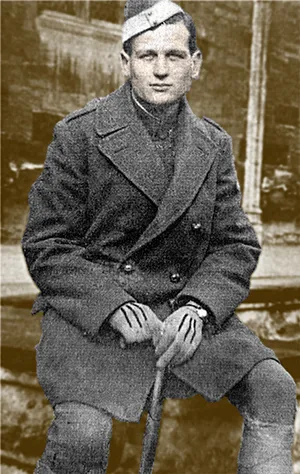On Sept. 9, 1917, after the squadron moved closer to the front at Poperinghe the day before, he was involved in a major melee, led by Capt. Clive Franklin Collett, a New Zealander, against aircraft from Jastas 4, 26 and 35, in which he claimed an Albatross Scout sent down "out of control". However, the next day's patrol proved to be his last. He was attacked at 4:50pm near Langemark by no less an opponent that German ace Ltn. Werner Voss, leader of Jasta 10, which was part of Baron Manfred Von Richtofen's Flying Circus. The confrontation with five enemy aircraft took place over Houthulst Forest and two 70 Squadron men were seen to go down. On the patrol's return, it was discovered that "Bud" and 2nd Lt. Oliver Charles Pearson were missing. "Bud" had only just turned 24 in July. It was Voss' 43rd victory and one of three he achieved that day, just 13 days before he himself was shot down and killed, with his tally sitting at 48..
"Bud" Sisley was the brother of 2nd Lt. D.L. Sisley who was also killed in the RFC and is also on the Arras memorial
source: David Fuller


